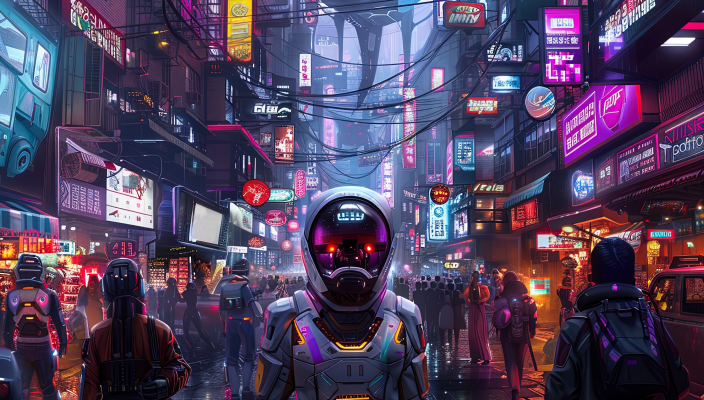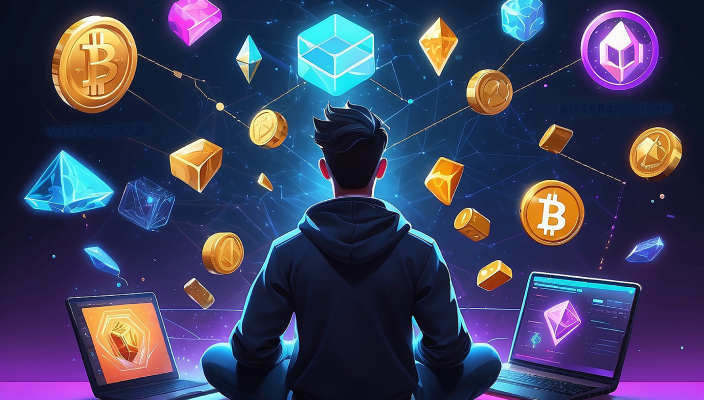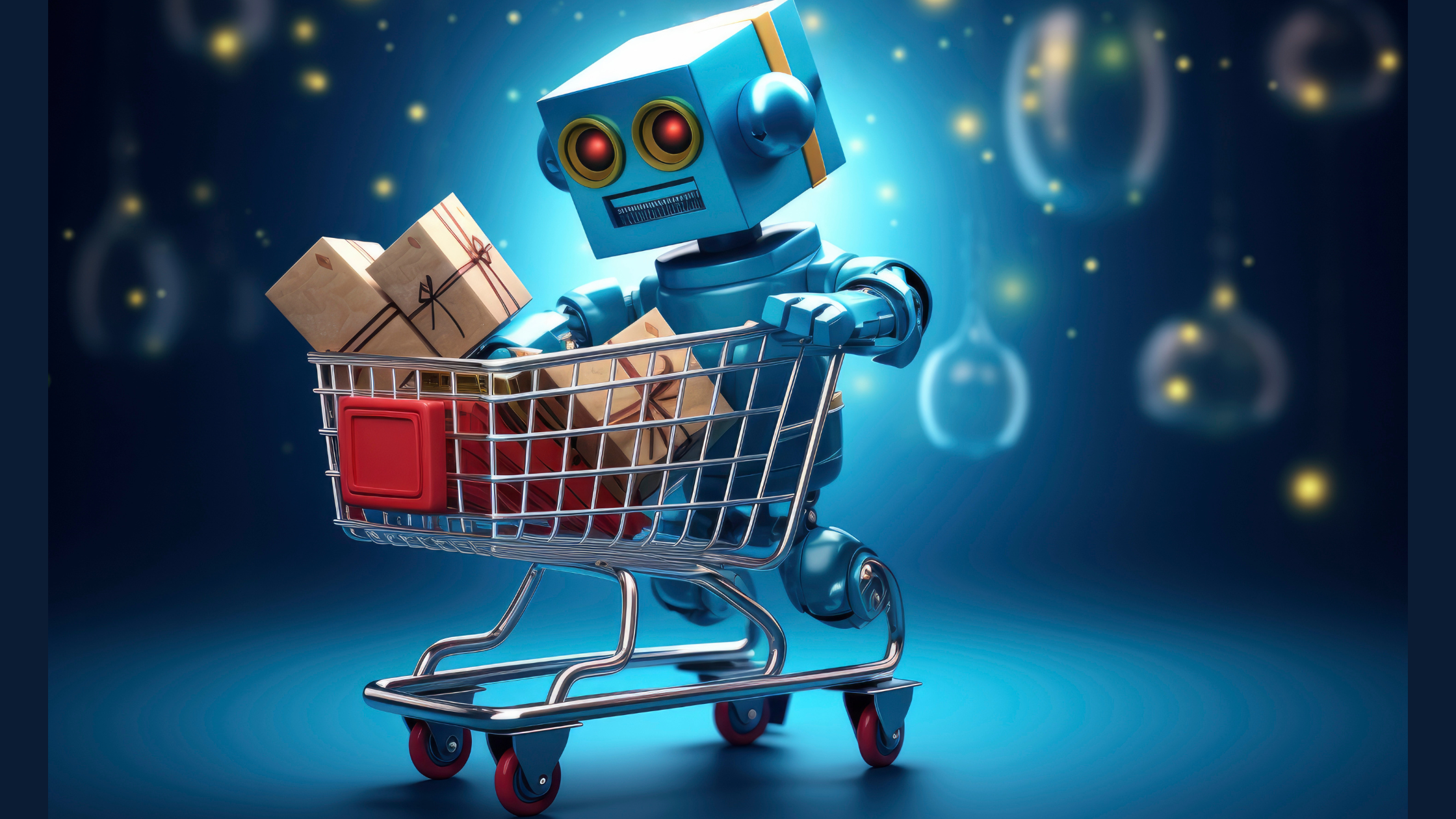What Is an NFT Marketplace?
NFT marketplace development is the process of creating these digital platforms, where users can buy, sell, and trade NFTs, or non-fungible tokens. These tokens represent unique assets, like artwork, music, digital collectibles, and even real estate, providing creators and collectors with a secure way to verify ownership and authenticity. Each NFT is one-of-a-kind or part of a limited series and is stored on a blockchain, which ensures transparency and trust in every transaction. With the growing demand for NFT marketplaces, developing a well-designed platform with essential features like wallet integration, minting, and secure transactions is crucial for success.
Key Components of an NFT Marketplace
Core components include user interfaces for listing and searching, secure payment systems, and integration with blockchain technology. Together, these elements ensure smooth transactions and a reliable, transparent experience for all users.
Why Invest in NFT Marketplace Development?
Growing Market Demand
The NFT market continues to flourish, with millions of people embracing digital ownership. This growing demand, particularly for unique digital assets, has created opportunities for businesses to develop platforms where users can explore, purchase, and trade NFTs.
Revenue Potential
NFT marketplaces offer numerous revenue streams, including transaction fees, subscription models, and promotional opportunities for artists. These avenues make NFT marketplaces appealing not just for users but also for investors and businesses aiming to tap into the growing digital asset economy.
Popular NFT Marketplaces and Their User Base
OpenSea
The largest and most well-known NFT marketplace, OpenSea, offers a wide range of digital assets, from art to gaming items. With a user-friendly interface, it attracts a large and diverse audience of creators and collectors.
Rarible
Rarible stands out for its decentralized structure, allowing creators to mint, buy, and sell NFTs. The platform is popular among artists and musicians for its easy-to-use tools.
Foundation
Foundation is an exclusive platform focusing on high-quality digital art and has gained popularity with both artists and art collectors due to its invite-only approach and premium listing features.
How NFT Marketplaces Work and Key Features
User-Friendly Interfaces
The accessibility of NFT marketplaces plays a huge role in user engagement. These platforms often include straightforward tools to allow creators to list and manage their NFTs with ease.
Secure Transactions
Security is paramount in NFT transactions, which involve considerable sums of money. NFT marketplaces employ blockchain technology and secure payment gateways to ensure that transactions are transparent and tamper-proof.
Amazing Features of an NFT Marketplace Development
NFT Minting
NFT minting tools allow creators to transform their assets into NFTs, making them available for sale. This feature is essential as it empowers artists to manage their assets independently.
Auction and Bidding Systems
An interactive auction feature enables buyers to place bids on NFTs, adding a competitive edge that often increases engagement and demand for specific assets.
Digital Wallet Integration
Digital wallets are vital to any NFT marketplace as they enable users to store, purchase, and trade NFTs securely. Integrating popular wallets such as MetaMask and Trust Wallet ensures smooth and secure transactions.
NFT Blockchain Options
Ethereum
Ethereum is the most widely used blockchain for NFTs due to its robust smart contract capabilities. However, it often involves higher transaction fees.
Binance Smart Chain
Binance Smart Chain offers a more cost-effective alternative to Ethereum, attracting many users with its lower gas fees and fast transaction speeds.
Polygon
Polygon provides a layer-2 solution on Ethereum, allowing for faster and cheaper transactions. This blockchain option is gaining popularity among NFT marketplaces for its scalability.
Non-Fungible Token Use Cases Across Multiple Industries
Art and Collectibles
NFTs in art and collectibles allow artists to tokenize their work, enabling collectors to purchase and own exclusive digital assets.
Real Estate
NFTs are used to represent ownership in real estate, making it easier to buy, sell, and trade property without intermediaries.
Gaming
NFTs in gaming allow players to own unique in-game assets like skins, weapons, and avatars. This development is revolutionizing digital asset ownership within the gaming industry.
Steps to Build an NFT Marketplace App
Conceptualization and Market Research
The first step involves defining the platform’s purpose, target audience, and unique features. Thorough market research helps in tailoring the platform to meet specific user needs.
Choosing the Right Blockchain
Selecting a blockchain that balances cost, transaction speed, and security is crucial. Ethereum, Binance Smart Chain, and Polygon each offer unique advantages.
Developing Smart Contracts
Smart contracts are the backbone of NFT marketplaces, enabling automated, secure transactions. Developing these contracts requires expertise in blockchain technology.
How Much Does NFT Marketplace Development Cost in 2024?
Cost Breakdown by Development Phase
The cost of developing an NFT marketplace is influenced by various factors, including:
- UI/UX Design: Creating a user-friendly interface is crucial and may account for 15-20% of the budget.
- Smart Contract Development: Secure, well-developed smart contracts are essential, costing up to 25% of the total development expense.
- Testing and Launch: This phase is critical for identifying bugs and ensuring a smooth user experience.
Blockchain Choice and Its Impact on Cost
Choosing a blockchain significantly affects development costs, with Ethereum often being more expensive than alternatives like Binance Smart Chain or Polygon due to higher transaction fees.
Why Do You Need an NFT Marketplace?
An NFT marketplace is not only a gateway to the booming NFT economy but also a scalable business model with ample revenue potential. Whether you’re an artist, a business owner, or an investor, having your marketplace can provide both autonomy and growth opportunities in the digital space.
Expertise of Webllisto on NFT Marketplace Development
At Webllisto, we specialize in NFT Marketplace Development Services that prioritize security, functionality, and user experience. Our team has extensive experience in building robust NFT marketplaces tailored to client needs, offering expertise in Composable & Rental NFT Development Services. With a customer-centric approach, we ensure that our clients can build innovative platforms with minimal hassle, leveraging the latest blockchain technologies.
Conclusion
Developing an NFT marketplace in 2024 presents a valuable opportunity to tap into a dynamic market. The process involves various costs, driven by factors such as blockchain selection, smart contract development, and desired features. With careful planning, you can build a platform that attracts a wide user base and supports a diverse range of NFTs.
FAQs
- What is the approximate cost of developing an NFT marketplace in 2024?
Development costs vary widely but can range from $50,000 to $200,000, depending on features and blockchain choices.
- Why should I choose Webllisto for NFT marketplace development?
We offer a unique blend of expertise and innovative services like Composable & Rental NFT Development Services to meet your specific needs.
- Can I use multiple blockchains for my NFT marketplace?
Yes, we can integrate multiple blockchains to enhance functionality and attract a broader audience.
- How long does it take to develop an NFT marketplace?
Typically, development takes 3-6 months, depending on the project’s complexity and customization needs.
- What blockchain is most cost-effective for an NFT marketplace?
Binance Smart Chain and Polygon are generally more cost-effective than Ethereum due to lower transaction fees.
- What are the most essential features of an NFT marketplace?
Key features include minting, secure transactions, wallet integration, and a user-friendly interface.
- Do you offer maintenance services after development?
Absolutely. We provide ongoing support and maintenance to ensure your platform operates smoothly.
- Can you help with UI/UX design for the NFT marketplace?
Yes, we have a skilled design team dedicated to creating an engaging and intuitive user experience.
- How secure will my NFT marketplace be?
Security is our top priority. We employ the latest security protocols to ensure your marketplace is highly protected.
- What are Composable NFTs?
Composable NFTs are assets that can be easily customized or modified, ideal for creating flexible and engaging user experiences.
Also Read : How to build an nft marketplace: A step by step guide for 2025
https://webllisto.com/how-to-build-an-nft-marketplace-a-step-by-step-guide-for-2025/









































